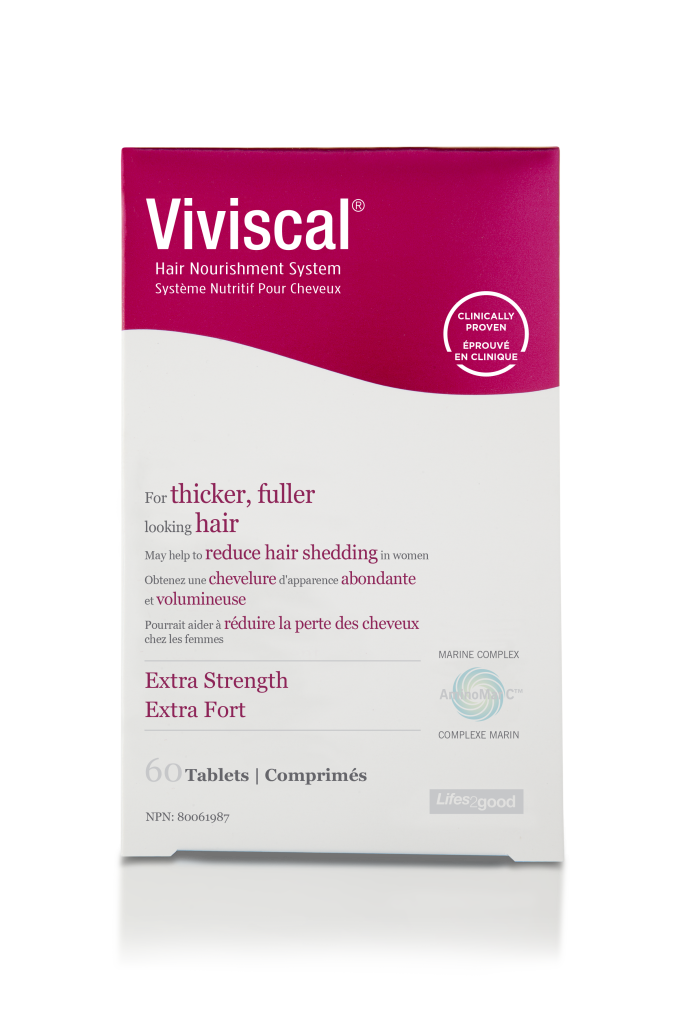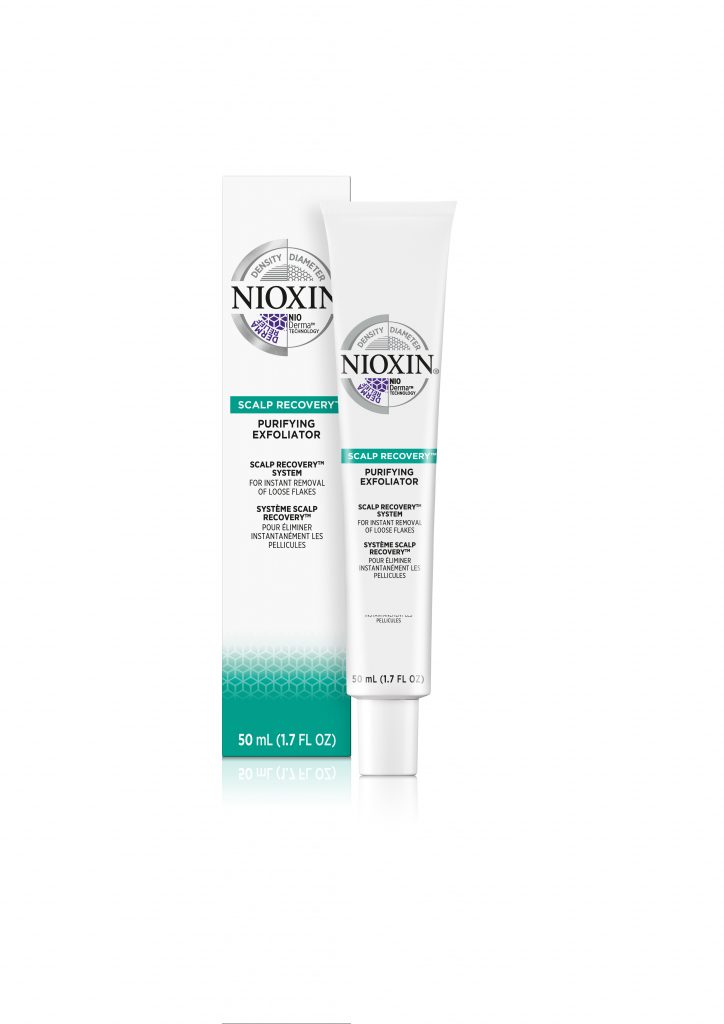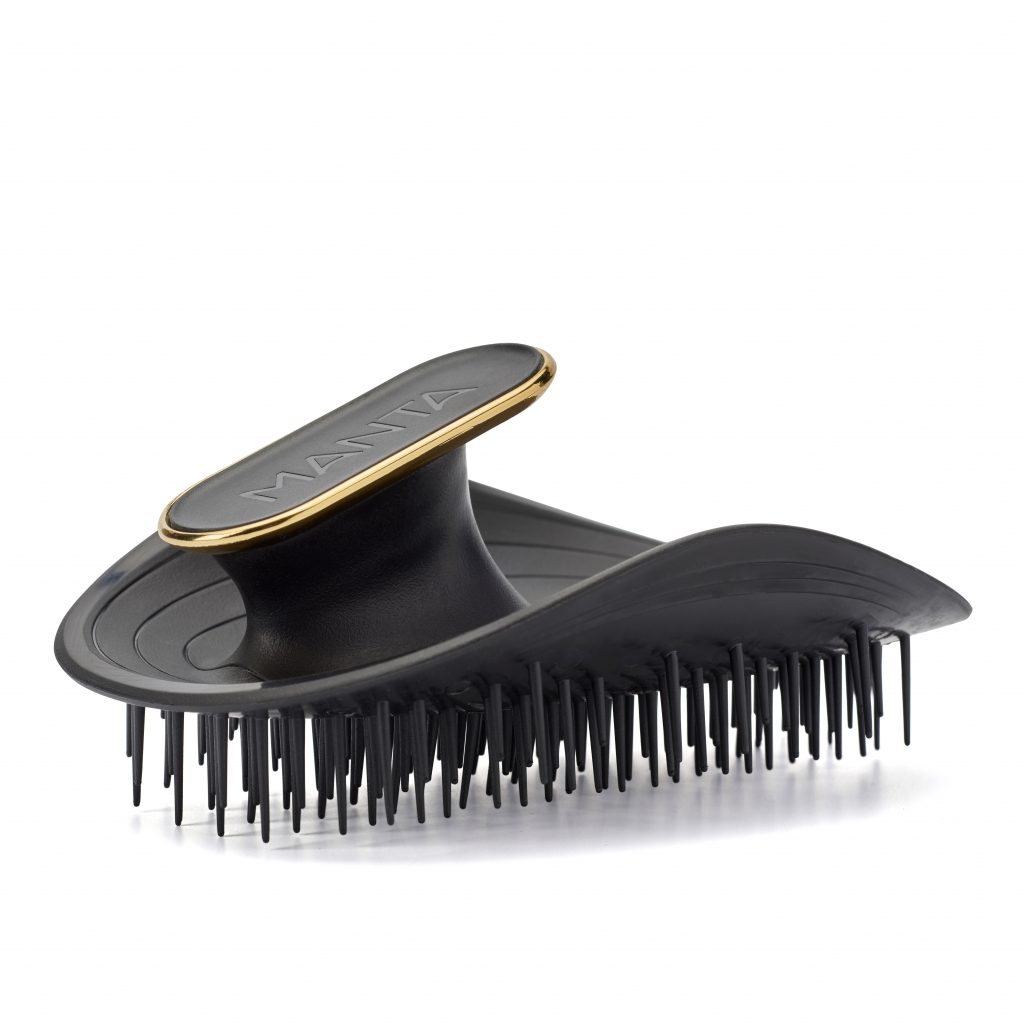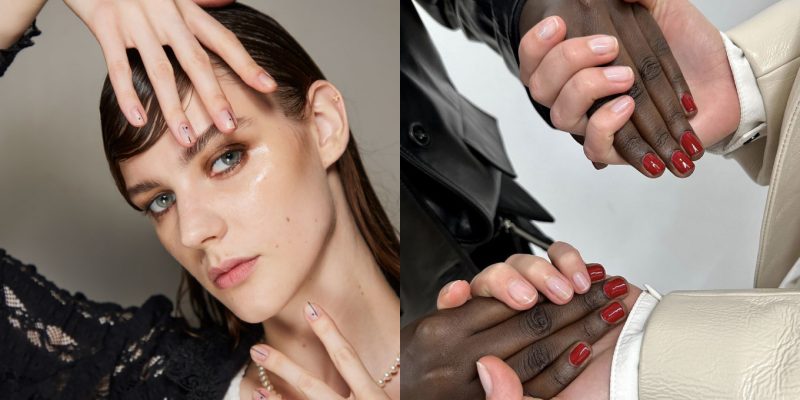Hair
Getting to the Root Cause of Female Hair Loss
While hair loss can be an isolating experience, arming yourself with expert advice can help you along the turbulent journey.
by : Ingrie Williams- Feb 23rd, 2022
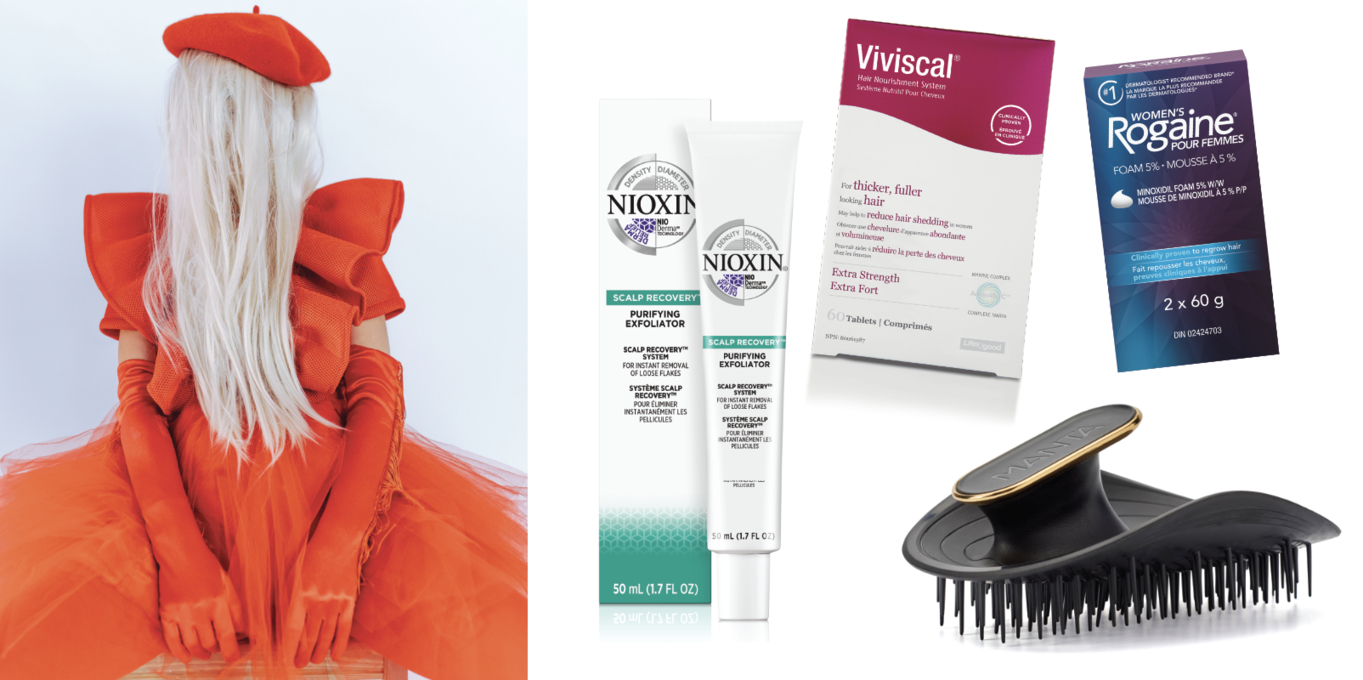
Photo: Pexels
History is loaded with women who used their hair to tell the world who they were. In 3500 BCE, the Himba people of Namibia used braid patterns to indicate things like tribe, age, marital status, wealth and religion. The flappers of the Roaring Twenties popularized the bob, which signalled a cutting of ties with gender norms. And the mullet trend of 2020? Spearheaded by Miley Cyrus and Rihanna, it felt like a badass disruptive call to action that encouraged embracing one’s unique identity in a time of change. There are a lot of emotions—from empowerment to sensuality—tied up in our hair, which is why the sight of departing strands, and everything that follows, unleashes a whole slew of feelings.
Dani Binnington, a 42-year-old U.K.-based wellness expert and yoga instructor and co-founder of the Manta Healthy Hair Brush, knows this all too well. She grew up with long, thick waves but experienced hair loss in 2013 while undergoing chemotherapy for breast cancer. “My hair grew back much finer than it ever was,” she says. “I still have areas on the top of my head that are almost bald.” Inspired by Binnington’s experience, her hairdresser husband, Tim, designed the Manta, an extra-gentle hand-held detangling tool that minimizes the breakage of fragile strands.
Whether hair loss is something you can see coming and try to prepare for, like a side effect of medication, or an occurrence that strikes without warning, such as the symptom of an autoimmune condition, the resulting trauma is never insignificant. “I go through phases of feeling very uncomfortable and self-conscious about it,” says Binnington. “And at other times, I remind myself of how lucky I am to have hair in the first place and to be here to tell my story.” Grappling with overwhelming feelings of disbelief and discomfort is a challenge, but it’s normal in this situation. “The reality is that most hair loss is caused by conditions out of your control,” says Dr. Katie Beleznay, a Vancouver-based dermatologist and clinical instructor in the department of dermatology at the University of British Columbia. Talking to a professional can help demystify what is happening as well as be a first step toward empowerment and reclaiming your confidence in your appearance.
It’s normal to shed between 50 and 100 hairs a day, but if you notice you’re losing more than usual while brushing or shampooing, don’t be alarmed. “These aren’t good [times] to determine hair loss because they’re when your hair has incentive to fall,” says Caroline Ruggiero, a certified trichologist and the CEO of Truly You Hair & Scalp Clinic in Mississauga, Ont. (A trichologist is trained to diagnose and treat hair and scalp disorders.) “While it’s always best to see an expert, somebody who is losing an abnormal amount is losing it all the time,” she adds.
If you’ve detected an ongoing issue, a consultation with a medical professional can help you determine the “why” from a list of common causes, including alopecia areata, an autoimmune disorder. “The body’s immune system can attack the hair follicle, causing [the hair] to fall out,” says Beleznay. “With this condition, hair loss can begin suddenly and without warning.” Joanna Auguste, a nurse practitioner and aesthetic-medicine clinician who owns Toronto skincare and injectables clinic The Face Lab, treats a lot of patients who are suffering from traction alopecia, which is hair loss linked to damaging hairstyle habits. “It’s caused by repeated pulling of the hair,” she says. “If you wear your hair in a certain type of ponytail or high bun or have hair extensions, the prolonged tension can damage the hair follicle and result in hair loss.” This condition can also occur if braids or dreadlocks are your signature hairstyle, since pulling and added weight can stress strands.
The source of your hair loss could also be hanging out in your genes. Androgenetic alopecia, otherwise known as male or female pattern hair loss, is the most common type Ruggiero sees in her clinic and one of the harder ones to treat. It’s an inherited trait that she describes as chronic or progressive hair loss. It tends to start with thinning at the crown of the head, and according to the Canadian Dermatology Association, it can affect approximately 40 percent of women by age 50. “Once that hereditary predisposition is triggered, it will keep going,” she says. Hair loss doesn’t only affect older women; hormonal shifts like puberty can also kick off androgenetic alopecia. If hair loss hasn’t been destined by your DNA, it’s possible that other forces have led to telogen effluvium, which is temporary hair loss. This type of self-corrective condition is common following childbirth, and Ruggiero also sees it among women of reproductive age who have an iron deficiency. “Telogen effluvium can occur when some stress or trigger, such as illness or medication, causes hair to be pushed prematurely into the resting, or telogen, phase,” says Beleznay. While most of the hairs on our head are actively growing (in what is called the “anagen phase”), they eventually enter the telogen phase and fall out. “With the onset of COVID-19 and the associated stress of the pandemic, we saw an increase in this condition,” she adds.
In all cases, looking more than scalp deep will help uncover the root cause of hair loss. There are diagnostic tools, including blood work, that can be used along with a holistic assessment of stress levels and diet to determine the next steps. “You could be using all kinds of potions and lotions on your hair and think you’re doing everything right, but you’re not addressing the core underlying cause,” explains Ruggiero.
The good news is that there are numerous ways to treat hair loss, but you will need healthy doses of optimism, patience and consistency too. “Treating hair loss can be quite complex, and some options are better suited to certain patients based on the type of hair loss and patient characteristics,” says Beleznay. Many of the effective go-to therapies, such as oral or topical minoxidil (a.k.a. Rogaine) and low-level laser therapy (LLLT), focus on increasing circulation to the hair follicle to encourage active growth. Supplements such as Nutrafol and Viviscal, which support healthy locks with ingredients like collagen and amino acids, also deserve a shout-out. And spironolactone, a medication that reduces the production of androgens (or male sex hormones), has also been proven to slow hair loss and kick-start regrowth. But for most people, a combination of therapies is what will eventually spell success. “There is some data [showing that] in women with female pattern hair loss, spironolactone plus minoxidil can yield superior results compared to either on its own,” says Beleznay.
For anyone looking for a less invasive option, platelet-rich plasma therapy for hair restoration, which treats the scalp with a component of your own blood and is a growing area of scientific study, may be a fit. “There is a trend of people looking for more ‘natural’ options,” says Auguste, who offers the injectable treatment. “And because it’s not a pill, it can be a bit more palatable.” The approach uses your own assets, meaning your blood is drawn and whipped in a centrifuge, which boosts platelet count, and that fluid is then inserted into the areas in need. “Platelets release growth factors,” explains Auguste. “They help the body heal and regenerate skin and tissue.”
Whichever treatment route is determined to be best for you, a component of at-home care will be required too. Ruggiero combines in-clinic LLLT treatments with the use of at-home LED helmets and a topical patch that, worn at night, boosts the formation of keratin in hair, a process that happens while we sleep. LLLT promotes microcirculation within the scalp, improving nutrient and oxygen levels in the hair bulb and stimulating the production of adenosine triphosphate, which Ruggiero calls the “battery” of our cells. Just as vital as any treatment is sticking to a plan—especially when it comes to progressive hair loss, since it’s not a temporary condition. “You have to go into it knowing that there’s no quick fix, that there’s no cure and that you have to do something consistently,” says Ruggiero.
Timelines for full results vary depending on the type of hair loss and treatment, but after six to 12 months, you should start seeing a boost in strands. While experts say to be wary of biotin-infused products as there’s little evidence to support their effectiveness, tending to your scalp with extra TLC is always approved. Binnington wishes she’d received this advice during her own hair loss. “I tried to ignore that part of my body as much as I could; I did everything I could to hide it,” she says. Now, she focuses on promoting a healthy scalp for comfort and confidence and uses the soft, flexible Manta brush to perform her favourite ritual. “A massage, even on a bald head, feels amazing,” says Binnington. “And feeling amazing—and good in your skin from head to toe—is as important as looking good.”
Newsletter
Join our mailing list for the latest and biggest in fashion trends, beauty, culture and celebrity.
Read Next

Beauty
3 Women Contracted HIV From Vampire Facials. Here's What You Need to Know
We spoke to the CDC on what to do at your next beauty appointment to stay safe.
by : Keyaira Kelly- Apr 30th, 2024

Culture
Hailey Bieber Is Reportedly ‘Doing Her Best’ to Support Justin During His ‘Hard Time’
Over the weekend, Hailey Bieber offered public support to her husband, Justin Bieber, after he shared two selfies of himself in tears on Instagram.
by : Alyssa Bailey- Apr 30th, 2024

Beauty
Tested and Approved: Your New Hydrating Skincare BFF
This new product has all of your skin’s thirst-quenching needs covered.
by : ELLE Canada- Apr 17th, 2024

